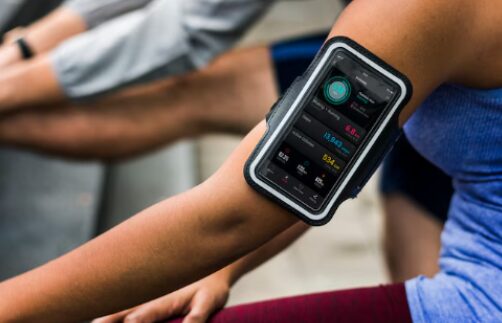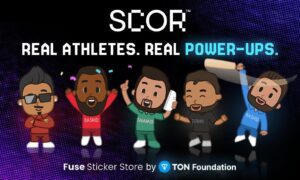A sprinter is aware of their stride. The sleeve of a goalkeeper records pressure. It is not science fiction, but a game of today. Wearable technology is not only monitoring data; it is rewriting the way athletes train, recuperate, and conquer. To fans, bettors, and analysts, this entails an additional level of knowledge. Performance is not only about talent anymore; it is about data on the skin.
Smart Clothing for Enhanced Performance
Sports clothing is not inert anymore. The sensors are being incorporated into bright fabrics that can measure muscle activation, breathing rhythm, and posture shifts. Platforms like Melbet Mongolia are already paying attention to how this kind of data might shape betting odds and predictions. This clothing provides real-time information about the body’s condition, without taking away the ability to take action.
The equipment also gets adapted. Some prototypes change temperature or compression according to the intensity. Trainers no longer have to guess how an athlete is feeling; they have numbers. It is no longer a matter of looking out at the signs; it is reading the story off the body. This is not a sexy tech; it is practical. And it is becoming a necessity.
Biometric Monitoring in Real Time
Wristbands and skin patches are becoming a 24-hour health companion. They are not merely measuring heartbeats; they are putting physiology into practical measures.
This is what wearable monitors of the highest quality track now:
- Heart rate variability: Can be used to identify fatigue or overtraining before a performance decline.
- Sweat analysis: Indicates water and electrolyte status during play.
- Respiration rate: It detects changes in endurance or stress in times of high pressure.
- Skin temperature: Signals a possible overheat or sickness before symptoms occur.
These figures are gold to the bettors: they provide hints about the state of an athlete that were not visible before.
Data-Driven Coaching and Feedback
It is not only that wearables are providing athletes with insights, but they are also giving coaches an entirely new perspective. Decisions on training are no longer based on hunches and instincts. It is algorithms, body data, and updates second by second: strategy has become a matter of numbers. And those figures are transforming the construction of skills and risk management.
AI Integration in Training Devices
No more stopwatch drills; now AI is assisting athletes in optimizing every move to achieve peak performance. Smart devices, such as smart insoles or arm sensors, gather data and learn. They pick up on trends in fatigue, quality of repetitions, and timing gaps that even elite coaches can overlook—the consequence: more individualized and predictive training.
This represents an additional level of trustworthiness for bettors. An athlete with an AI analysis is less prone to perform poorly unexpectedly. There are also long-term benefits being realized by coaches. Players who used to stagnate during the season are now performing at their best at the end of the season, as their training is adapting in real time. It is not a matter of working harder, but working sharper.
Virtual Reality for Skill Simulation
VR has shifted out of the realm of video game novelty into a serious preparatory tool. Teams no longer have to step onto a field to simulate full match conditions, including crowd noise, lighting, and pressure. Quarterbacks train decision trees. Combatants train in noncontact timing. And all the time with sensors on to measure the speed and accuracy of the reaction.
This is different for recovery athletes. They can rehearse mentally and be physically healed at the same time. The mind remains active, and the body takes a break. This technology not only sustains performance, but it also creates it in ways that are unexpected. And as to bettors? What you are seeing is a whole new method of evaluating the readiness before game day.
Fan Experience Through Athlete Wearables
Fans no longer only watch games; they watch the athletes’ bodies speak. As wearables produce real-time data, fans can see internal metrics that were previously only available to coaches and medical teams. Heart rate in a penalty shot. Sprint speed in front of a goal. The final turn acceleration. It adds an extra dimension of drama, and numbers appear live on screen.
This technology is a goldmine for the bettors. You don’t see performance; you see preparedness, exhaustion, and strain under stress. This feed is already being incorporated into live betting interfaces through apps. It makes each second a point of data that either proves or kills your bet. It is all-absorbing, emotional, and dangerously addictive.
The Future of Regulation and Ethics
The additional data implies additional questions: who is the owner, who benefits, and who is the defender of the athlete? Wearables are becoming increasingly sophisticated, and privacy concerns are looming ahead. Leagues, unions, and regulators will battle it out. The body now is satisfied–satisfied must have regulations.




































